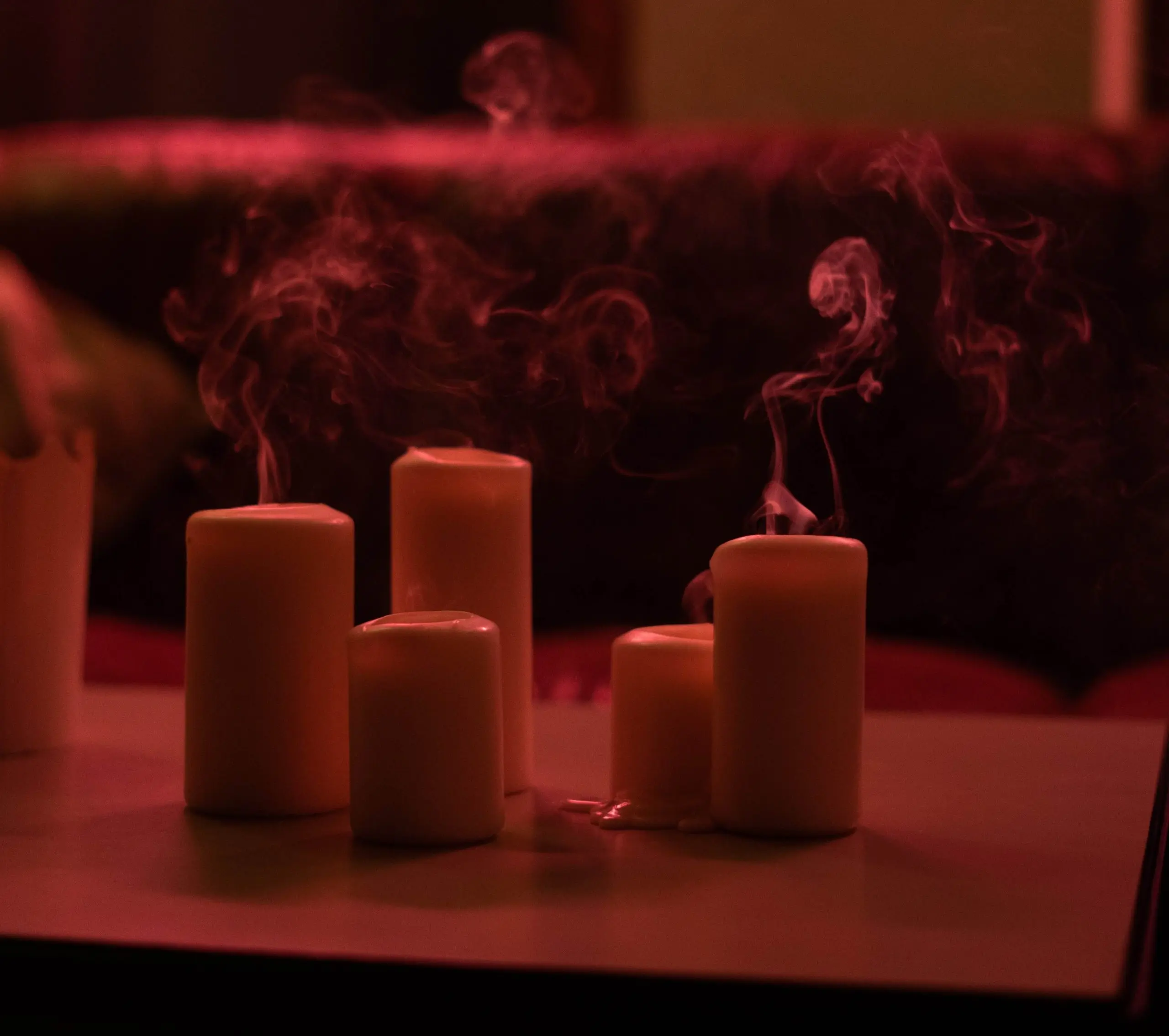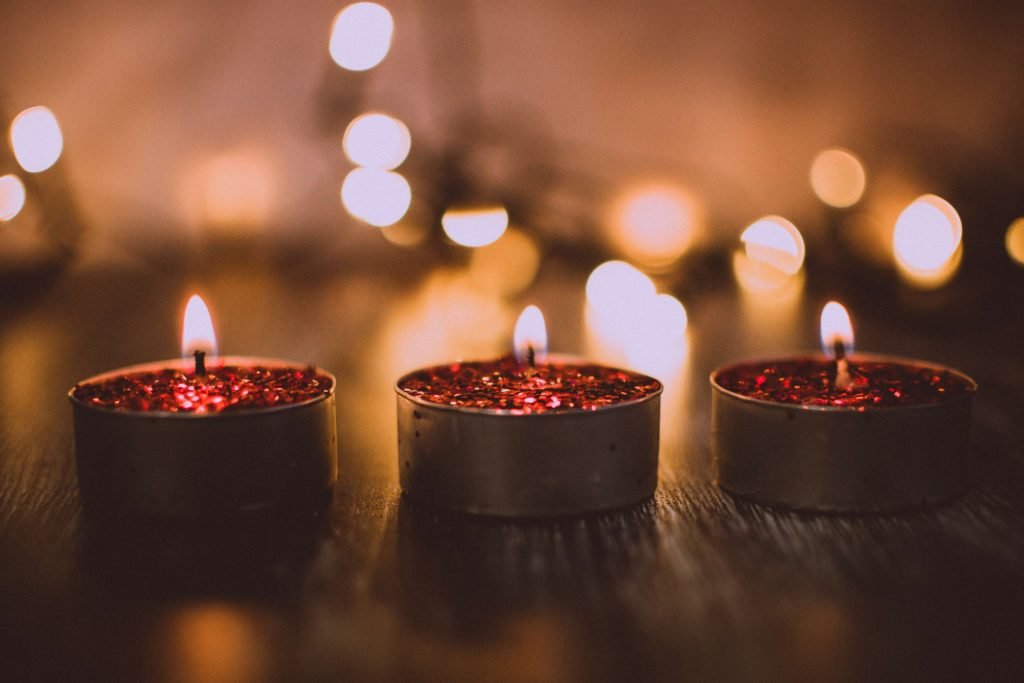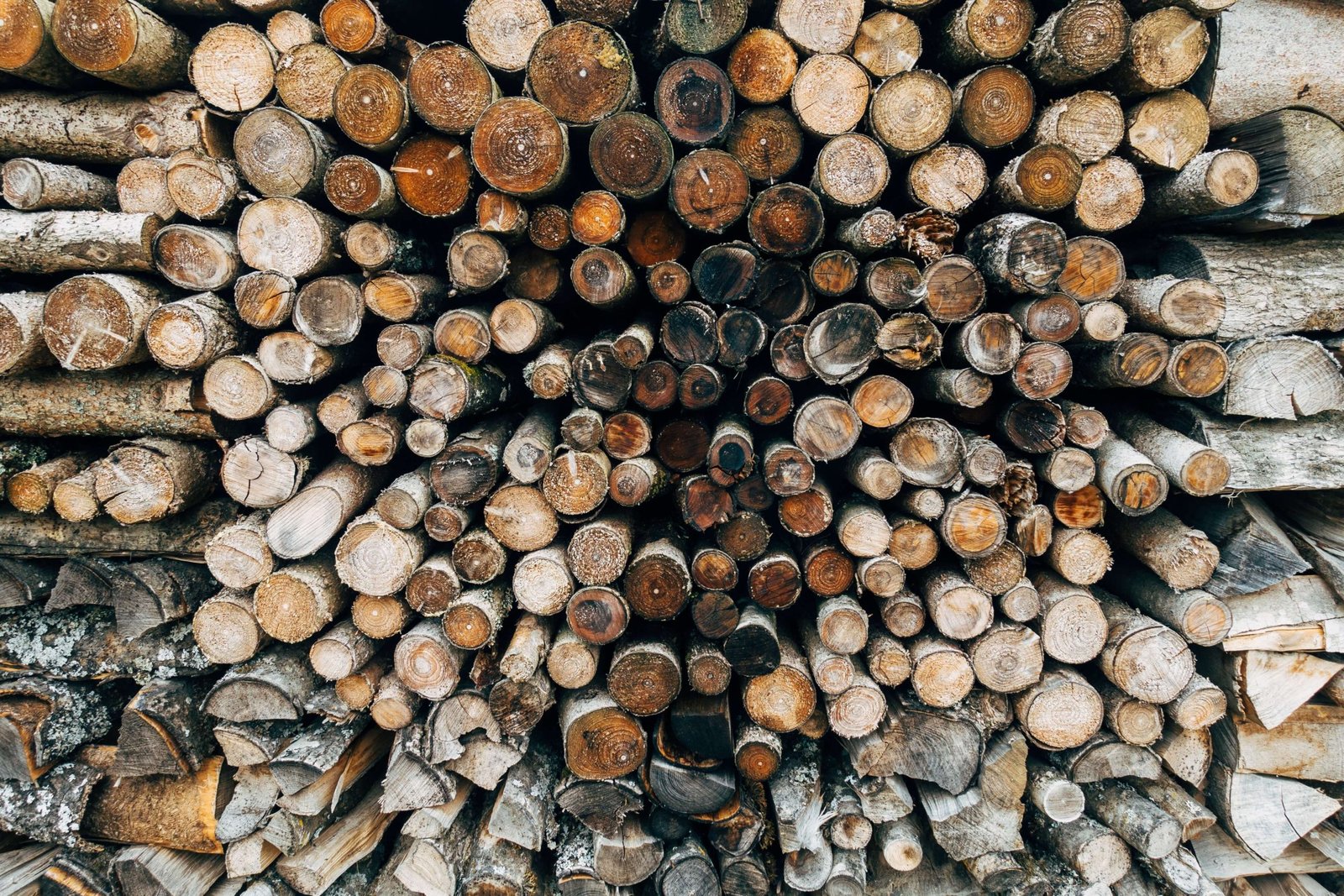
4 Pros and Cons of Wooden Wick Candles
Table of Contents
Introduction
Candles have been a source of comfort and illumination for centuries, and as candle enthusiasts explore new designs and features, wooden wick candles have emerged as a unique and captivating option. These candles, which feature wooden wicks instead of traditional cotton wicks, offer a distinct experience. However, like any product, they come with their own set of advantages and disadvantages. In this article, we’ll delve into the pros and cons of wooden wick candles to help you decide if they’re the right choice for your home.
Pros of Wooden Wick Candles

1. Aesthetic Appeal
Wooden wick candles are visually appealing and create a cozy ambiance. The wooden wick crackles as it burns, mimicking the soothing sound of a fireplace, which adds an extra layer of charm to your space. This aesthetic element can make them perfect for setting a romantic or relaxed atmosphere in your home.
2. Longer Burn Time
One significant advantage of wooden wick candles is their longer burn time compared to cotton-wicked candles. The wooden wicks tend to burn slower and more evenly, making the candle last longer. This means you get more value for your money and can enjoy the candle’s fragrance and ambiance for an extended period.
3. Eco-Friendly
Wooden wicks are often sourced from sustainable materials, making wooden wick candles an eco-friendly option. Choosing candles made from renewable resources and supporting responsible production practices can align with your efforts to reduce your environmental impact.
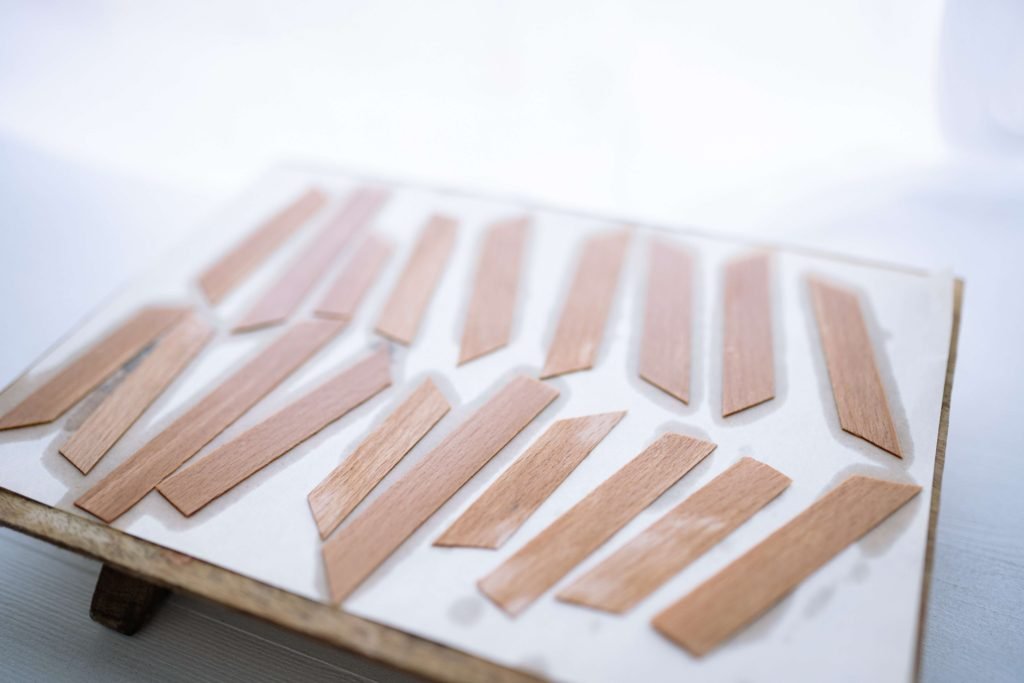
4. Minimal Soot and Residue
Wooden wicks produce less soot and residue than traditional cotton wicks. This means that your wooden wick candles are less likely to leave black marks on walls and ceilings or produce a smoky scent. It also makes for easier cleanup after you’ve enjoyed the candle’s warm glow.
Cons of Wooden Wick Candles

1. Slightly Higher Cost
Wooden wick candles can be more expensive than their cotton-wicked counterparts. The quality of the wooden wick and the unique features of these candles can contribute to the higher price tag. While they last longer, the initial investment may deter some buyers.
2. Prone to Tunneling
One drawback of wooden wick candles is that they are more susceptible to tunneling, where the candle burns down the center, leaving wax around the edges. This can be frustrating as it reduces the overall life of the candle. To prevent tunneling, it’s important to trim the wick properly and ensure the candle burns evenly from the start.
3. Crackling Sound May Be Disruptive
While many people find the crackling sound of wooden wick candles to be relaxing, others might find it distracting or disruptive, especially in a quiet environment. If you plan to use these candles during a meeting or while studying, you might want to consider this aspect.
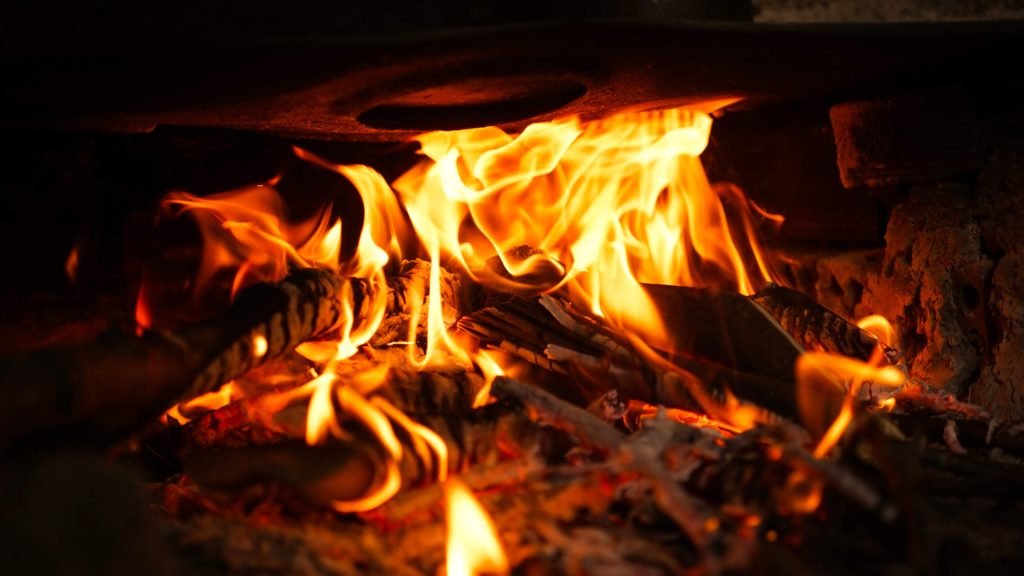
4. Limited Scent Options
Wooden wick candles may have a more limited range of available scents and fragrances compared to traditional candles. If you’re looking for a specific scent, you might not find it in the wooden wick candle variety. However, this limitation is changing as more companies expand their wooden wick candle collections.
Conclusion
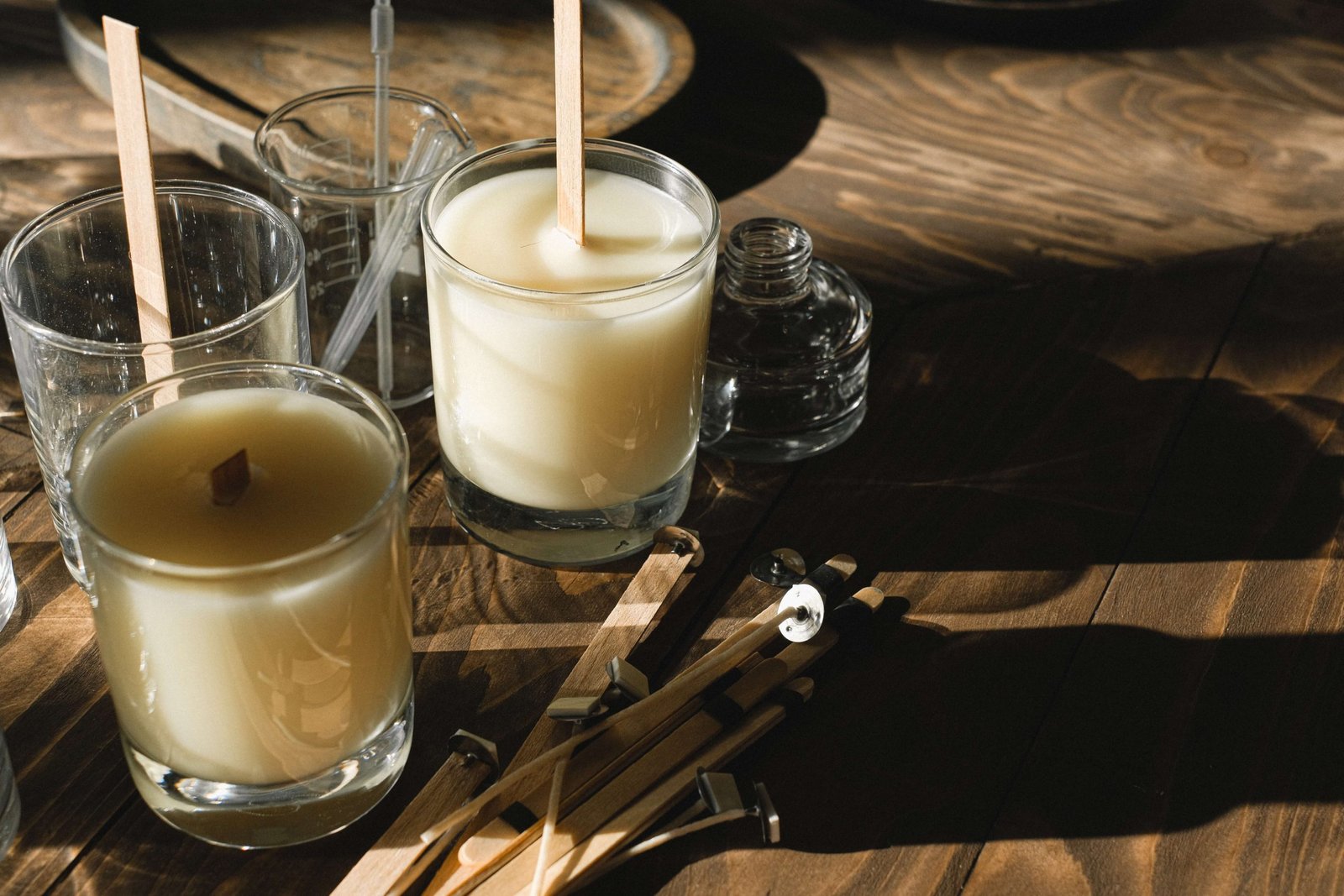
Wooden wick candles offer a unique and charming alternative to traditional cotton-wicked candles. Their aesthetic appeal, longer burn time, eco-friendly nature, and minimal soot production make them an attractive choice for many. However, the slightly higher cost, potential tunneling issues, the crackling sound, and limited scent options are factors to consider when deciding if these candles are right for you. Ultimately, the choice between wooden wick and cotton wick candles depends on your personal preferences and the ambiance you wish to create in your living space. So, whether you’re drawn to the rustic charm of wooden wick candles or prefer the classic cotton wick variety, there’s a candle for every occasion and setting.
